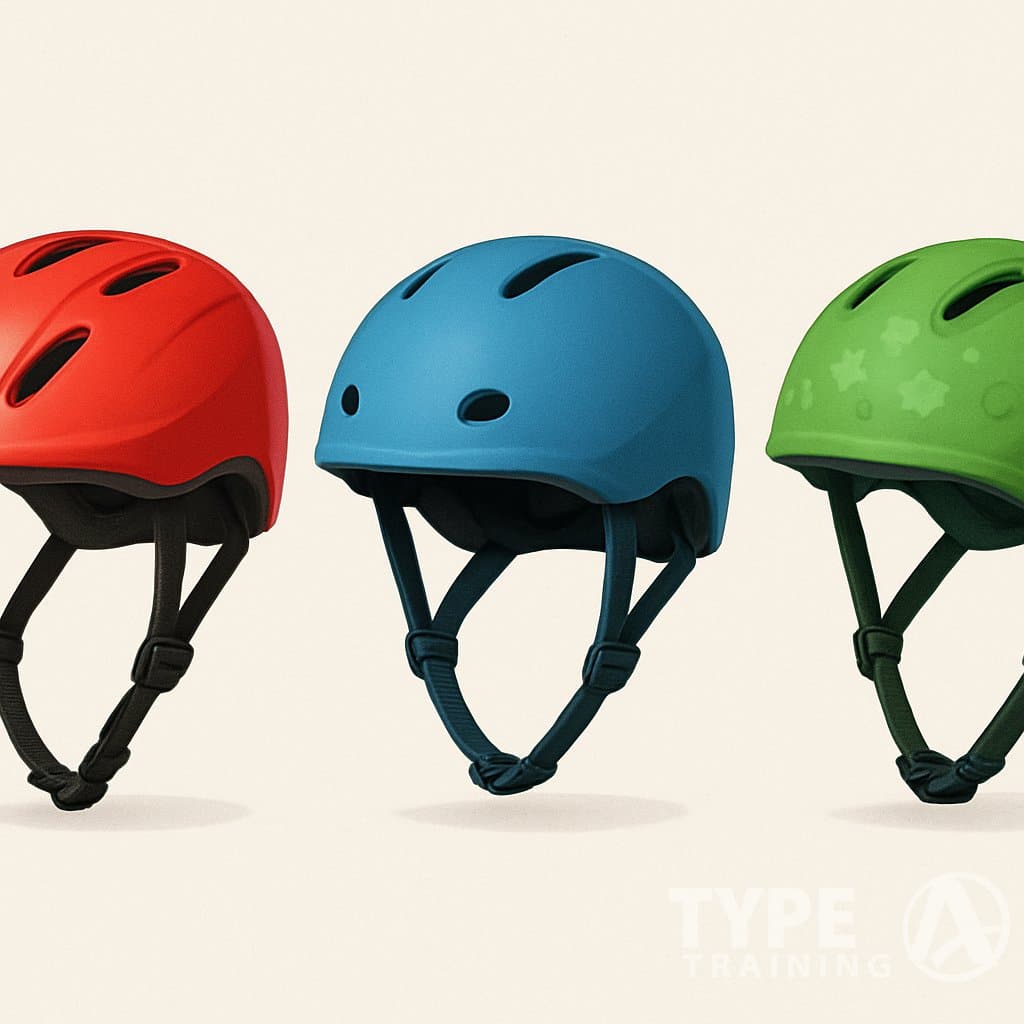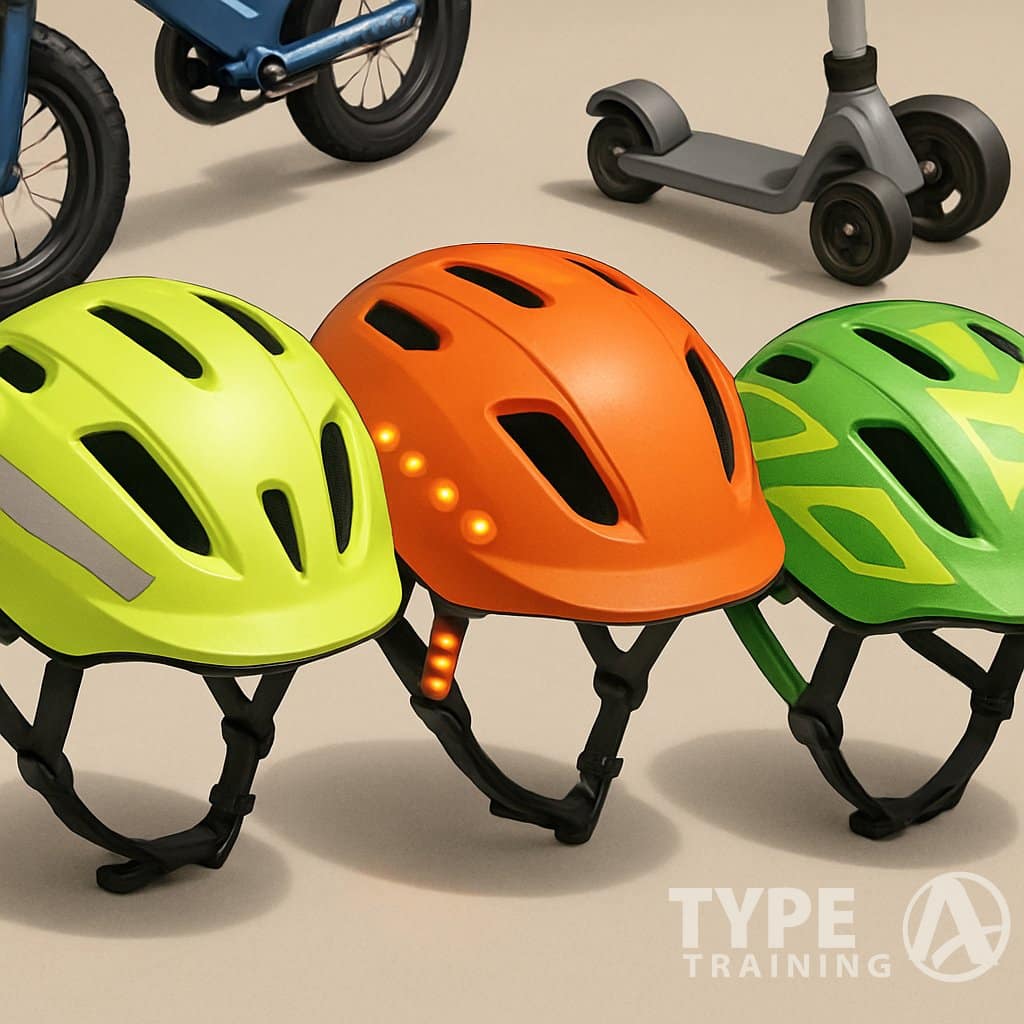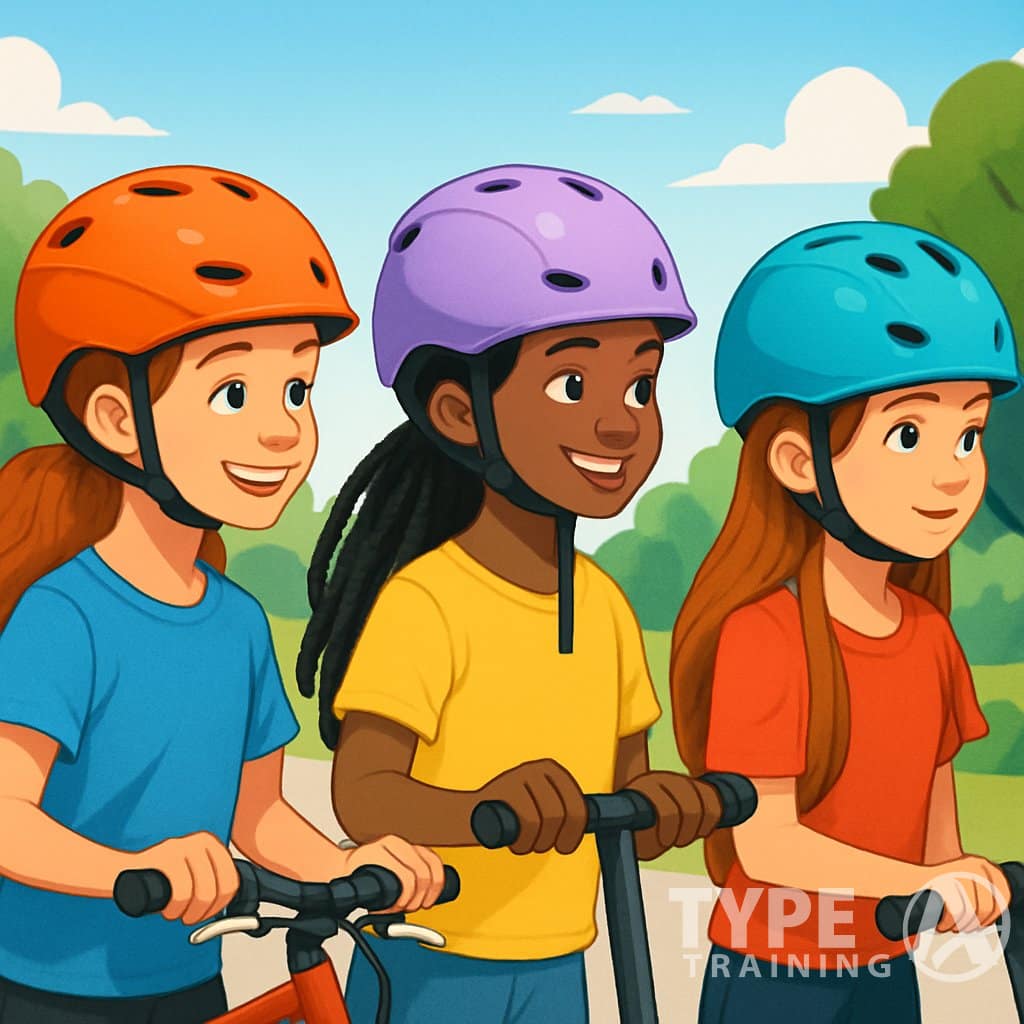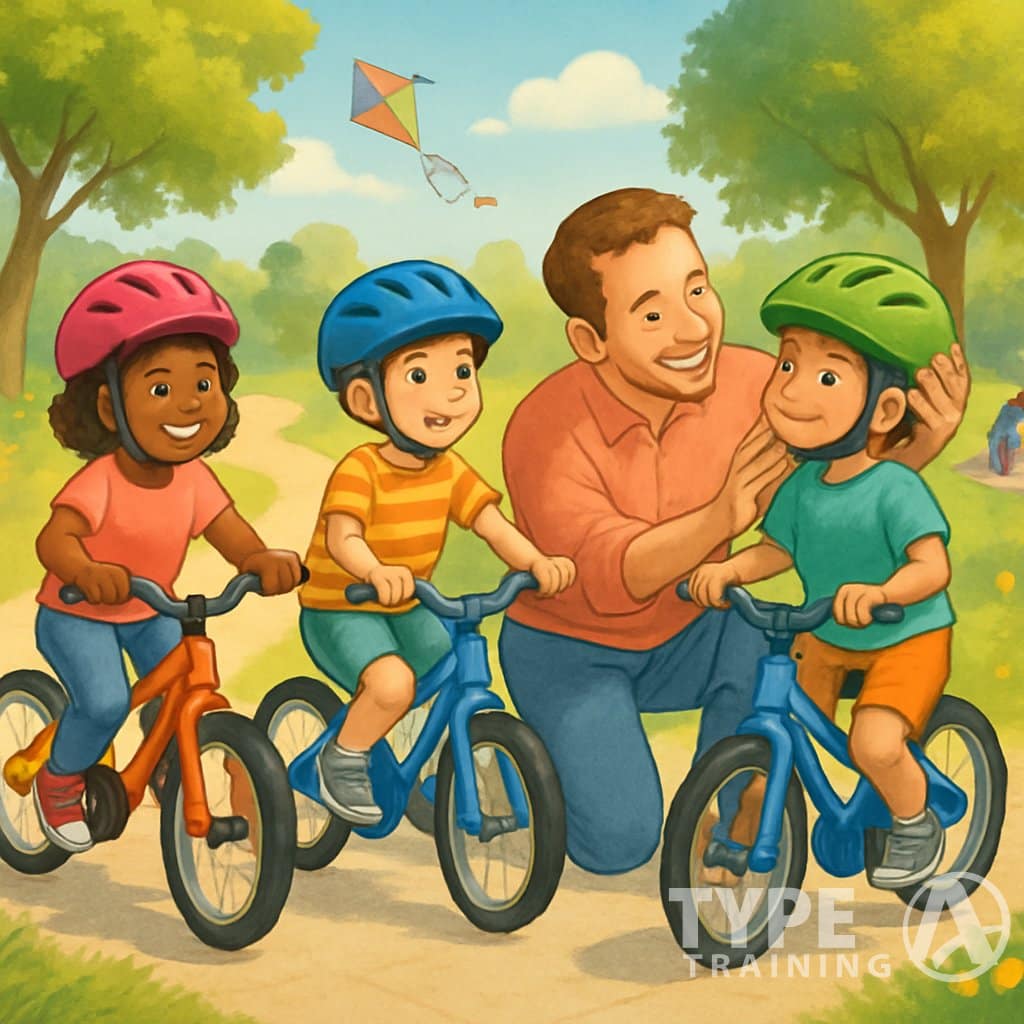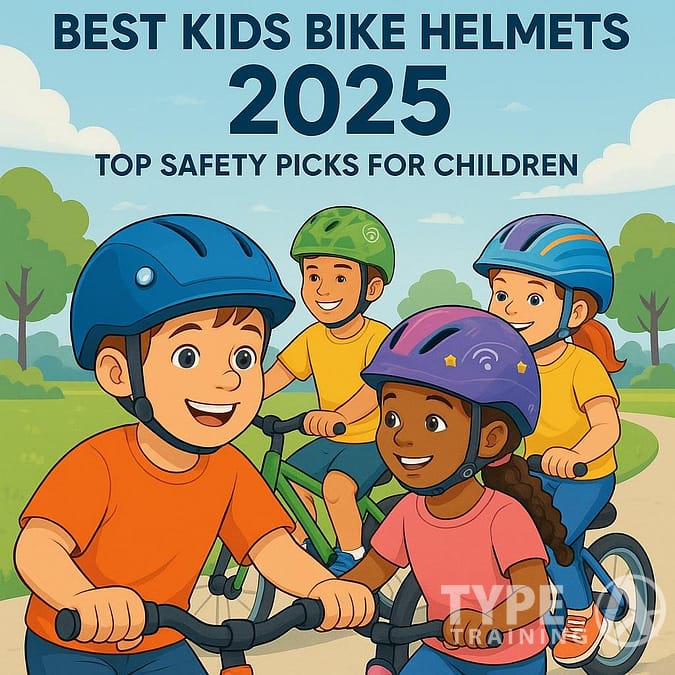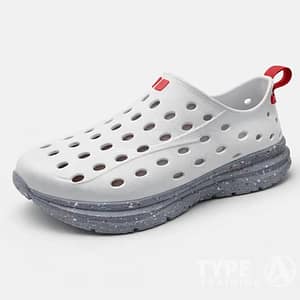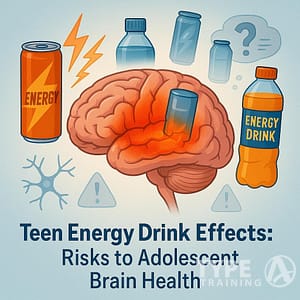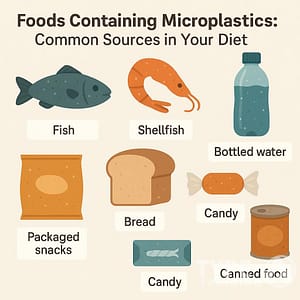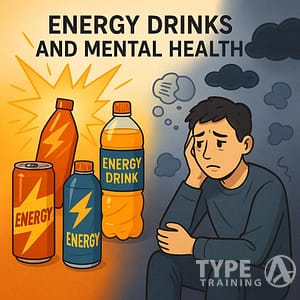Choosing the right bike helmet for your child isn’t just about safety—it’s about finding one they’ll actually want to wear. Today’s kids bike helmets offer features like MIPS technology, adjustable sizing, and bold designs for even the pickiest young riders.
The best kids bike helmets of 2026 include the Giro Scamp, which experts consistently recommend for its excellent safety, comfort, and kid-friendly style.
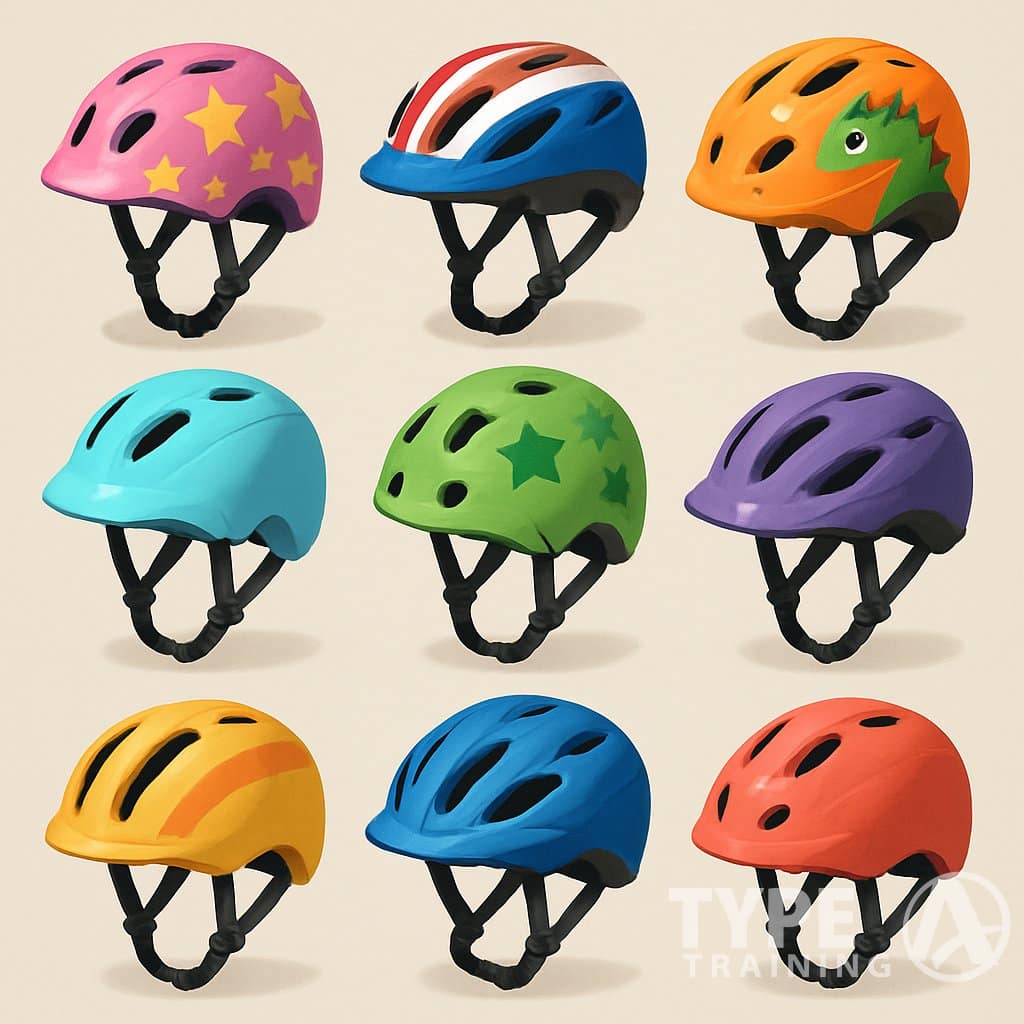
When you’re shopping for a helmet, you have to think beyond looks. A proper helmet should fit snugly, protect for the right activities, and meet up-to-date safety standards.
Popular posts:
Whether your little one is wobbling on a balance bike or racing to school, their helmet needs to feel good and provide real protection. No one wants a daily struggle to get it on their head.
Brands like Woom, Joovy, and Nutcase make helmets that kids actually like wearing. Bright colors and cool patterns help turn safety gear into something fun instead of a hassle.
The right helmet should grow with your child thanks to adjustable features, all while keeping them protected as their skills develop.
Key Takeaways
- A properly fitted helmet sits level on your child’s head and feels snug but comfy—it shouldn’t wobble or slide around.
- The best kids helmets blend safety tech like MIPS with adjustability, so the helmet grows with your child.
- Letting your child pick a helmet with colors or designs they love? It makes a huge difference—they’re way more likely to wear it.
Why Bike Helmets Matter for Kids
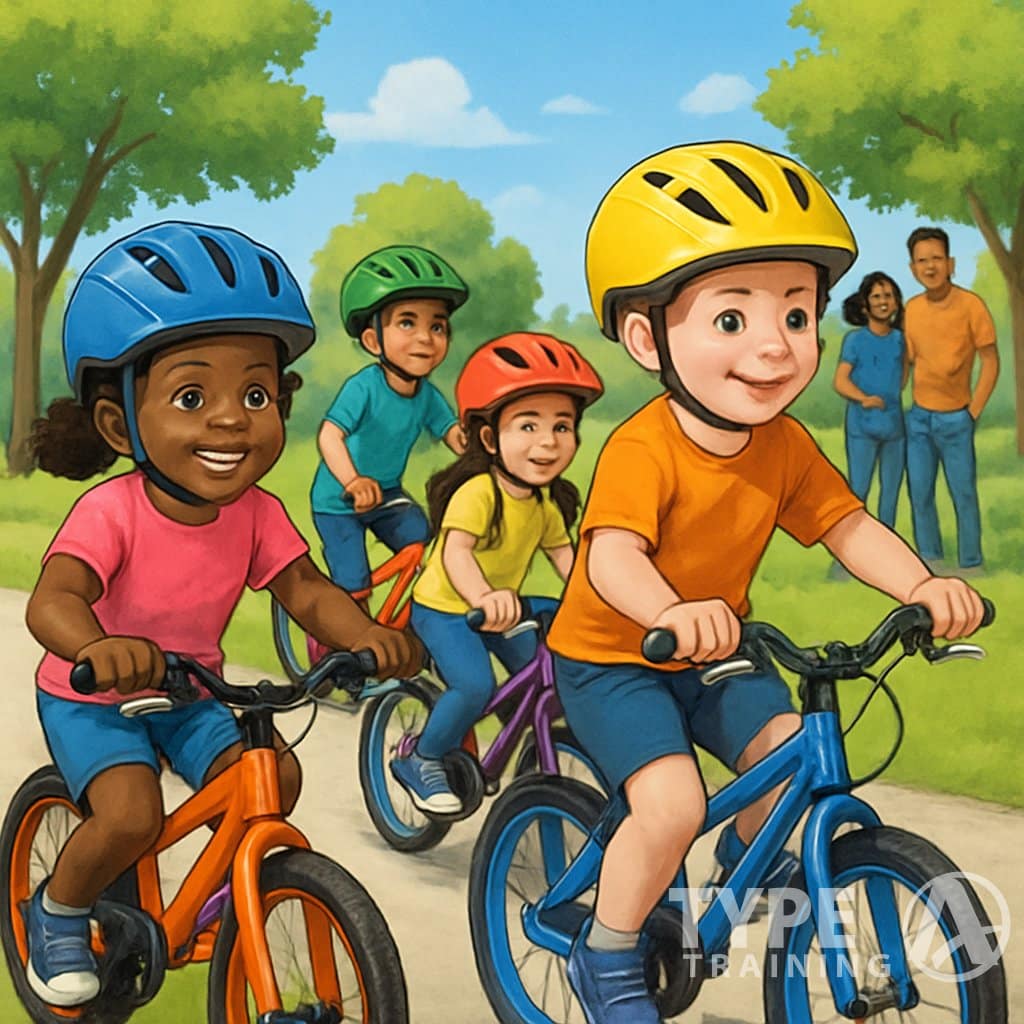
Bike helmets are essential for protecting your child’s brain during falls or crashes. They absorb impact, so the force doesn’t go straight to your child’s skull.
Helmet Safety Standards and Certifications
All kids’ bike helmets in the U.S. must meet Consumer Product Safety Commission (CPSC) standards. Check for the CPSC sticker inside any helmet you buy.
Some helmets go beyond the basics. Dual-certified helmets meet standards for biking and skateboarding, so active kids can use them for more than one sport. These usually cover more of the back of the head.
If you want extra protection, look for helmets with ASTM certification or MIPS technology (Multi-directional Impact Protection System). MIPS helmets have a special layer that helps reduce rotational impact during angled falls.
Key Safety Features in Kids’ Bike Helmets
In-mold construction bonds the outer shell to the foam, making the helmet stronger and lighter than older styles with glued or taped shells.
Getting the right fit matters. Look for these features:
- An adjustable dial or retention system at the back
- Side straps that form a “Y” under the ears
- Chin straps that hold the helmet securely but don’t pinch
- A helmet that sits flat, not tilted
Ventilation holes help keep your child’s head cool and comfortable, so they’re less likely to complain or ditch the helmet. Lightweight helmets are especially good for toddlers, who don’t have strong neck muscles yet.
Toddler helmets sometimes have built-in visors for sun protection, and flatter backs for use in bike seats or trailers. If a helmet takes a hard hit, replace it—even the best toddler helmet can’t do its job after a big impact.
How to Choose the Best Kids Bike Helmet
Picking the right helmet comes down to three things: fit, comfort, and matching the helmet to your child’s age and activities.
These factors work together to keep your child safe—and make it more likely they’ll actually wear their helmet.
Proper Fit and Adjustment
Fit is everything. The helmet should sit level and cover your child’s forehead. If your child shakes their head, the helmet shouldn’t move.
Most good helmets have an adjustable fit system—usually a dial at the back. You can tighten or loosen it as needed.
The chin strap matters too. It should form a “Y” around the ears and snap snugly under the chin. Ideally, you can slip one finger between the strap and chin. Many helmets now use a ratcheting buckle that won’t pinch skin.
Measure your child’s head before you shop. The Giro Tremor fits heads from 47-54 centimeters, so it works for a lot of kids.
Ventilation and Comfort Design
A comfortable helmet is one your child won’t fight you about. Ventilation is huge, especially in summer or on longer rides.
More vents mean better airflow. Good ventilation keeps kids from overheating and getting sweaty, which can turn helmets into a source of drama.
Look for moisture-wicking padding inside. Removable pads make it easy to keep things clean—just toss them in the wash.
Weight matters too. Lighter helmets are easier on young necks, especially for balance bikes, bike seats, or trailers.
Helmets with visors offer some sun protection. Some, like the KAMUGO, blend practical features with fun looks kids love.
Choosing Helmets by Age and Activity
Different activities need different helmet shapes. For regular biking, a classic helmet with vents works well. For skateboarding or BMX, try a skate-style helmet with more coverage at the back and sides.
If your child rides in a bike seat or trailer, look for a helmet with a flatter back. The Giro Scamp is a favorite for this reason.
Size matters, too. Toddler helmets (ages 1-3) usually fit 44-52cm heads. For ages 3-5, look for 48-54cm, and ages 5-8, 50-56cm.
Always check for safety certifications. At minimum, pick a helmet that meets CPSC standards. For extra peace of mind, helmets with MIPS (like the Giro Fixture II MIPS) add protection against rotational forces.
Top-Rated Kids Bike Helmets in 2025
Today’s best kids bike helmets balance safety and comfort. The latest models use better protection tech, stay lightweight, and look cool enough that kids might actually want to wear them.
Best Overall Kids’ Bike Helmets
The Giro Tremor Child Helmet stands out as the best pick for most kids in 2025. After testing 13 models on kids ages 2-7, this one came out ahead for fit, comfort, and safety features.
If you want a helmet that’s easy to adjust, check out the woom READY helmet. Experts say it’s one of the best they’ve tried, and the adjustability helps you get the fit just right.
When you’re picking out a helmet, focus on:
- MIPS technology for better impact protection
- Adjustable fit systems for growing kids
- Good ventilation to keep things cool
- Easy buckles that kids can learn to use themselves
The Bern Nino 2.0 is a strong choice for kids with bigger heads and can handle multiple seasons of use.
Recommended Toddler Bike Helmets
For little riders, fit is even more important. The Giro Scamp MIPS is built for toddlers, with a light feel and secure fit.
The Kali Chakra offers solid protection for small kids at a price that won’t sting. It’s lightweight enough not to strain tiny necks.
For toddler helmets, look for:
- Flat back design (for trailers or bike seats)
- Lightweight build (under 300g)
- Extra coverage at the back of the head
- Pinch-free buckles to avoid little tears
The Joovy toddler helmet is another great option, with easy adjustments and bright colors that help your child stand out.
At the end of the day, the best helmet is the one your child will actually wear. Let them help pick the color or design—they’ll be more excited to use it.
3 Best Kids Helmets for Small Heads (Bikes & Scooters)
Finding the right helmet for children with smaller heads can be a real struggle. These three options blend safety features and proper sizing for little noggins, whether your kid’s on a bike or zipping around the block on a scooter.
1. Giro Scamp MIPS Youth Helmet
The Giro Scamp MIPS works great for very small heads, with the XS size starting at just 45cm in circumference. It’s a solid pick for toddlers just starting their riding adventures.
This helmet uses MIPS (Multi-directional Impact Protection System) technology. That means it helps protect against those tricky rotational forces during angled impacts—a real upgrade for your child’s safety.
You can adjust it easily with a user-friendly system, and the pinch-guard buckle saves little chins from those annoying pinches. Kids will like the built-in visor, too—it keeps sun and debris out of their eyes.
At under 300 grams, this lightweight design won’t tire out small necks, even on longer rides. The Giro Scamp regularly shows up on lists of the best bike helmets for kids, especially for smaller head sizes.
2. Nutcase Little Nutty Helmet
The Nutcase Little Nutty helmet fits head sizes starting at 48cm with its XXS option, so it’s a good match for smaller-headed kids. The fun, bold designs actually make kids want to wear it—no more helmet battles every morning.
Its magnetic buckle system is a game-changer. Little hands can fasten it themselves, and you won’t hear complaints about chin pinches.
This helmet is dual-certified for both bike and scooter use. You won’t need to buy different helmets for different rides, which is a relief since kids need helmets on scooters, skateboards, and bikes.
The adjustable dial fit system lets the helmet grow with your child, so you won’t outgrow it in a single season. That makes it a pretty smart buy in my
3. Joovy Noodle Helmet
The Joovy Noodle is super lightweight at just 224 grams, so it’s perfect for toddlers and kids with smaller heads. It fits heads starting at 47cm in circumference.
Parents like the extra coverage at the back, adding protection where it matters most. That design detail offers peace of mind without making the helmet bulky or uncomfortable.
With 14 air vents, this helmet keeps little heads cool during active play. That matters, especially during summer rides or if you live somewhere hot.
The Joovy Noodle mixes solid safety features with a price that doesn’t make you wince. You can protect your child’s developing brain without spending a fortune.
Its simple design and easy adjustments make it a great first helmet for toddlers just trying out balance bikes or scooters.
3 Best Value Kids Helmets (Bikes & Scooters)
Not everyone wants to drop a lot of cash on a helmet, but safety’s still non-negotiable. These three helmets offer solid protection at prices that won’t make your wallet cry.
1. Schwinn Infant/Toddler Bike Helmet
The Schwinn Infant/Toddler Bike Helmet gives you great protection at a budget-friendly price of $20-25. At only 225 grams, it’s light enough for even the youngest riders to wear comfortably.
The adjustable system fits heads from 44-52cm, so you can keep using it as your child grows. The 360° dial-fit system lets you tweak the fit in seconds, even with the helmet on.
Sun protection? Covered. The built-in visor shields little eyes on bright days. The lower shell coverage means more of your child’s head is protected, too.
- CPSC safety certification
- Impact-absorbing EPS foam interior
- Good ventilation to prevent overheating
- Secure fit system that’s easy to adjust
2. OutdoorMaster Toddler/Kids Helmet
The OutdoorMaster helmet costs $25-30 and works for both biking and scooting. Its multi-sport design saves you from buying separate helmets for every activity.
It uses a reinforced ABS shell and shock-absorbing EPS core for maximum protection during falls. Two size options fit heads from 48-58cm, so it’s flexible for different ages.
Kids love the huge selection—over 15 colorful designs. If your child actually wants to wear their helmet, that’s half the battle won.
- Removable, washable padding for easy cleaning
- Quick-adjust strap system for proper positioning
- Pinch-free buckle that won’t catch skin
- Comfortable fit for longer riding sessions
3. Joovy Noodle Helmet
At $30, the Joovy Noodle Helmet gives you premium features at a value price. Weighing just 224 grams, it won’t strain your child’s neck on longer rides or scooter trips.
It has 14 air vents for excellent ventilation, so sweaty heads aren’t a problem. The bug mesh in the front vents is a nice touch—no more insects stuck in your kid’s hair.
With extended rear coverage, it protects the back of the head better than some pricier models. The helmet fits heads measuring 47-52cm and has an easy-adjust dial for a snug fit.
- Pinch guard technology on the chin strap
- High-visibility color options for better safety
- CPSC safety certification
- Excellent ventilation system with bug protection
- Comfortable fit for extended wear time
3 Best Style Kids Helmets (Bikes & Scooters)
Style makes a big difference for kids—if they love their helmet, they’ll actually wear it. These helmets bring together safety and designs that kids get excited about.
1. Nutcase Little Nutty Helmet
The Nutcase Little Nutty delivers with over 20 fun patterns—space, animals, street art, you name it. It’s a helmet that lets kids show off their personalities while staying safe.
This helmet’s premium features stand out. The magnetic buckle lets kids fasten it on their own, and the leather strap accents look and feel nice. The removable visor adds both style and sun protection.
Matte finish options give these helmets a stylish, high-end vibe. You can even take off the reflective logos for a cleaner look. The street-style silhouette looks cool and still keeps kids safe.
2. Raskullz Character Helmets
Raskullz helmets turn safety gear into costume pieces kids can’t wait to wear. With bold 3D designs—think dinosaurs, unicorns, superheroes—these helmets spark imagination and play.
Features like mohawks, horns, fins, and ears make these helmets pop. Some models even light up with LEDs for extra visibility and fun.
The bright colors and detailed shapes turn helmets into part of the adventure, not just boring protection. If your child fights wearing a helmet, these playful designs might just change their mind.
3. Triple Eight Sweatsaver Helmet
Older kids and tweens who want a more grown-up look will like the Triple Eight Sweatsaver. Its classic skate-style silhouette is popular at skateparks and doesn’t look babyish.
The terry cloth Sweatsaver liner keeps heads cool and adds a pop of color. Design choices include metallics, ombre fades, and color-blocks, so kids can really pick their style.
The smooth shell is perfect for stickers, letting kids customize their helmet. With multiple certifications, it’s versatile for active kids who bike, skate, or scooter.
3 Best Visibility Kids Helmets (Bikes & Scooters)
Visibility is a huge deal for keeping your kid safe while riding. These helmets use bright colors, reflective bits, and even lighting systems to help your child stand out in any condition.
1. Giro Scamp MIPS Youth Helmet with LED
The Giro Scamp MIPS Youth Helmet stands out with a built-in rechargeable LED light system on the back. This feature makes your child visible to vehicles from behind, which is especially helpful for evening rides.
It comes in neon yellow and orange options that stay visible even during the day. Reflective strips add another layer of visibility.
MIPS technology helps protect against rotational forces during angled impacts. For added visibility, you can stick on bug-eye light accessories up front.
With active lighting, reflective details, and bold colors, this helmet gives you 360° visibility—true peace of mind for bikes and scooters.
2. Lumos Kickstart Kids Smart Helmet
The Lumos Kickstart really amps up visibility with 38 LED lights scattered all over the helmet. You get white lights up front, red in the back, and yellow turn signals on the sides.
One clever touch: the automatic brake light. It kicks in when your kid slows down, letting everyone behind know they’re easing up.
You can tweak the lighting patterns through a companion app. This way, you can adjust visibility depending on the riding conditions.
The lights shine bright and evenly, making sure your child is seen from every angle. Water-resistant construction keeps those lights going strong, even in the rain.
Reflective details add another layer of safety. It’s a solid pick for safety-conscious parents who want a little extra peace of mind.
3. Schwinn ThudGuard 360° Visibility Youth Helmet
The Schwinn ThudGuard nails passive visibility with a full reflective strip circling the helmet’s edge. This outline is hard for drivers to miss.
It comes in bold neon colors that pop during the day and glow at night. These shades are picked to grab attention in any light.
Big reflective panels on the back and sides make your kid visible from all directions. There’s also an attachable LED light with several flashing modes for extra visibility.
Even the small stuff helps—reflective chin straps and bug-mesh vents with shiny threading mean nothing gets overlooked. Altogether, the ThudGuard is a strong choice for kids’ riding safety.
3 Best for Long Hair Kids Helmets (Bikes & Scooters)
Long-haired kids know the struggle—tangled hair, pinched scalps, and awkward pressure points. These helmets aim to fix all that, and they don’t skimp on safety.
1. Thousand Jr. Youth Helmet
The Thousand Jr. Youth Helmet has a smart ponytail-friendly channel at the back. High ponytails or buns fit comfortably without messing up the fit.
Its magnetic buckle is a game-changer. No more hair getting yanked or caught when you’re buckling up.
The adjustment dial is nice and wide, so it won’t snag hair. Vegan leather straps glide easily, avoiding friction and breakage.
Minimal padding inside reduces that dreaded “helmet hair.” Plus, the anti-microbial lining keeps odors at bay, which is a real bonus for active kids.
2. Nutcase Little Nutty Helmet
The Nutcase Little Nutty puts its “Spin Dial” fit system away from the usual hair traps. This keeps hair safe during size adjustments.
The back opening is wide enough for ponytails, braids, or whatever style your kid prefers. Comfort and safety don’t have to clash.
It uses a magnetic buckle too, so hair stays out of harm’s way. The inside is smooth, so there’s nothing to snag on.
You can tweak the fit with removable padding, which is handy for different hairstyles. The side straps are designed to avoid tangling, which is a relief for anyone who’s dealt with standard helmets.
3. Troxel Spirit Performance Helmet
The Troxel Spirit Performance Helmet features a “FlipFold” removable liner. This makes it easy to adjust for changing hairstyles.
The low-profile back leaves room for ponytails, and the “SureFit” system adapts to different hair volumes. Finally, kids don’t have to pick between safety and their favorite hairstyle.
The “CinchFit” straps tighten securely but don’t pull hair. Mesh-covered vents keep hair from poking through, so tangles are less likely.
If your kid has thick hair, the extended size range is a lifesaver. Rounded edges throughout the helmet keep hair from catching or breaking, making rides a lot more pleasant.
Encouraging Kids to Wear Helmets
Getting kids to actually wear helmets can be a real challenge. Still, it’s so important for their safety.
Making Helmets Fun and Appealing
Let your kid pick their own helmet. Kids have strong opinions, and their buy-in means less arguing later. There are loads of colors, patterns, and even superhero or dinosaur themes out there.
Stickers or reflective decals make helmets feel personal and fun. It gives kids a sense of ownership over their gear.
Praise your child when they wear their helmet correctly. Sometimes, a small reward helps younger kids get on board.
Explain helmet safety in simple terms. For little ones, just say, “Helmets keep your brain safe.” Older kids might want more details about injury prevention.
Setting a Good Example for Safety
Wear your own helmet every time you ride. Kids copy adults, especially parents, so your habits really matter.
Make helmet-wearing a firm family rule. Troy Lee stage full face helmets work for both parents and kids, which helps create a family routine.
Get other role models involved. Point out athletes, cyclists, or even cartoon characters who wear helmets.
Frame helmet rules in a positive light. Instead of focusing on injuries, talk about how helmets help everyone stay healthy and enjoy more rides together.
Frequently Asked Questions
Parents usually have a lot of questions about picking the right helmet for their kids. Safety, fit, features, and when to replace helmets all matter for every bike ride.
What criteria determine the safest helmet for children?
The safest kids’ bike helmets meet CPSC (Consumer Product Safety Commission) standards. This means the helmet passed impact tests and offers solid protection.
MIPS (Multi-directional Impact Protection System) technology reduces rotational forces during angled impacts. More brands are adding this feature to their kids’ helmets.
Look for good coverage—the helmet should protect the front, sides, and back of the head without blocking vision.
Which features should I look for when choosing a bike helmet for toddlers?
For toddlers, adjustable sizing is key. Many helmets have dial-fit systems for easy, precise adjustments.
Ventilation matters too. Most kids’ helmets have vents to keep heads cool and prevent overheating.
If your child rides in a seat or trailer, choose a helmet with a flat back. This keeps their head from being pushed forward.
Easy buckles are a must. Magnetic or pinch-free buckles make putting on a helmet less of a battle.
How do I properly measure a child for a bike helmet?
Use a soft measuring tape to measure your child’s head circumference. Wrap it around the widest part, about an inch above the eyebrows.
Compare the measurement to the size chart from the helmet brand. Most use centimeters for sizing.
The helmet should sit level and cover the forehead. You want just one or two fingers between the eyebrows and helmet edge.
It should feel snug but not tight. When adjusted, the helmet shouldn’t move more than an inch in any direction if your kid shakes their head.
Are there specific bike helmet brands recommended for young children?
Giro makes great helmets for kids—the Giro Scamp gets high marks for younger riders. It has MIPS and an adjustable fit.
Woom helmets are lightweight and super well-ventilated, so they’re comfy for longer rides.
Nutcase helmets are popular for their fun designs. They protect well and let kids show off their personality.
Bell, Joovy, and Schwinn also offer reliable helmets at different price points. They meet safety standards and include comfort features.
At what age should a child start wearing a MIPS bike helmet?
Kids should start wearing MIPS helmets as soon as they begin riding, usually around 18 months to 2 years old. There are MIPS helmets in toddler sizes now.
There’s really no downside to picking MIPS for any age. The extra protection is good for developing brains.
It does cost a bit more—usually $15-30 extra—but a lot of parents feel this added safety is worth it.
How often should children’s bike helmets be replaced for optimal safety?
If your child’s helmet takes a hard hit, replace it right away. Sometimes, the foam inside gets compressed even if you can’t see any damage.
Most brands suggest swapping out helmets every 3-5 years, crash or no crash. Over time, sun, rain, and just plain use wear down the materials.
Kids usually outgrow their helmets before they actually wear them out. If the fit feels off or your kid says it’s uncomfortable, don’t wait—get a new one.
Take a close look at helmets now and then. Cracks, frayed straps, or busted adjusters mean it’s time for an upgrade.





